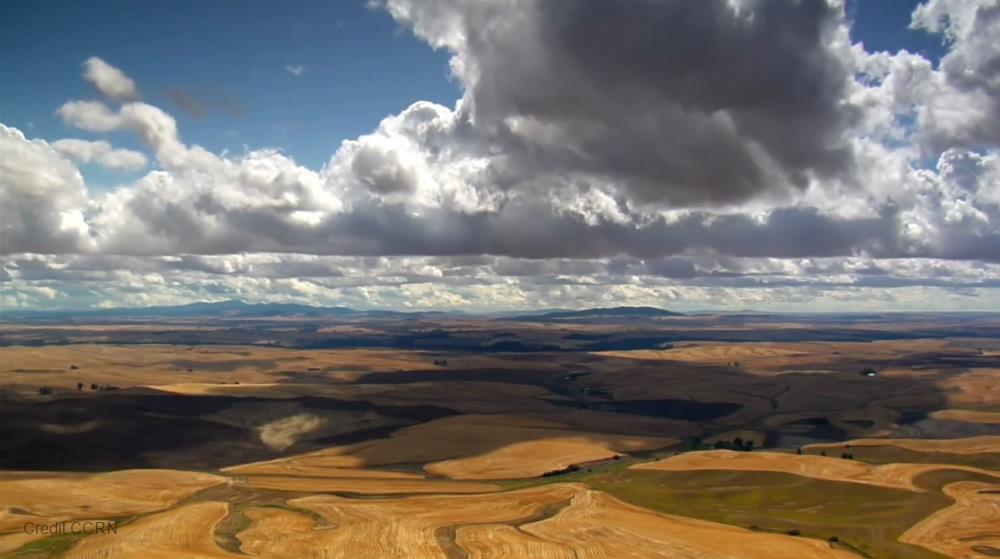
Related items loading ...
Section 1: Publication
Publication Type
Journal Article
Authorship
Smith, C. D., Yang, D., Ross, A., and Barr, A.
Title
The Environment and Climate Change Canada solid precipitation intercomparison data from Bratt's Lake and Caribou Creek, Saskatchewan
Year
2019
Publication Outlet
Earth Syst. Sci. Data, 11, 1337–1347
DOI
ISBN
ISSN
Citation
Smith, C. D., Yang, D., Ross, A., and Barr, A.: The Environment and Climate Change Canada solid precipitation intercomparison data from Bratt's Lake and Caribou Creek, Saskatchewan, Earth Syst. Sci. Data, 11, 1337–1347,
https://doi.org/10.5194/essd-11-1337-2019 , 2019.
Abstract
Prior to the beginning of the World Meteorological Organization's (WMO) Solid Precipitation Inter-Comparison Experiment (SPICE, 2013–2015), two precipitation measurement intercomparison sites were established in Saskatchewan to help assess the systematic bias in the automated gauge measurement of solid precipitation and the impact of wind on the undercatch of snow. Caribou Creek, located in the southern boreal forest, and Bratt's Lake, located in the southern plains, are a contribution to the international SPICE project but also to examine national and regional issues in measuring solid precipitation, including regional assessment of wind bias in precipitation gauges and windshield configurations commonly used in Canadian monitoring networks. Overlapping with WMO-SPICE, the Changing Cold Regions Network (CCRN) Special Observation and Analysis Period (SOAP) occurred from 2014 to 2015, involving other enhanced observations and cold regions research projects in the same geographical domain as the Saskatchewan SPICE sites. Following SPICE, the two Saskatchewan sites continued to collect core meteorological data (temperature, humidity, wind speed, etc.) as well as precipitation observations via several automated gauge configurations, including the WMO automated reference and the Meteorological Service of Canada's (MSC) network gauges. In addition, manual snow surveys to collect snow cover depth, density, and water equivalent were completed over the duration of the winter periods at the northern Caribou Creek site. Starting in the fall of 2013, the core intercomparison precipitation and ancillary data continued to be collected through the winter of 2017. Automated observations were obtained at a temporal resolution of 1 min, subjected to a rigorous quality control process, and aggregated to a resolution of 30 min. The manual snow surveys at Caribou Creek were typically performed every second week during the SPICE field program with monthly surveys following the end of the SPICE intercomparison period. The Saskatchewan SPICE data are available at
https://doi.org/10.18164/63773b5b-5529-4b1e-9150-10acb84d59f0 (Smith and Yang, 2018). The data collected at the Saskatchewan SPICE sites will continue to be useful for transfer function testing, numerical weather prediction and hydrological forecasting verification, ground truth for remote-sensing applications, as well as providing reference precipitation measurements for other concurrent research applications in the cold regions.
Plain Language Summary


 GWFNet
GWFNet Master
Master Data
Data Research
Research Map
Map
 Advanced
Advanced Tools
Tools
 . . .
. . .
 Metadata Editor
Metadata Editor
 Record List
Record List
 Alias List Editor
Alias List Editor
 Legacy sites
Legacy sites